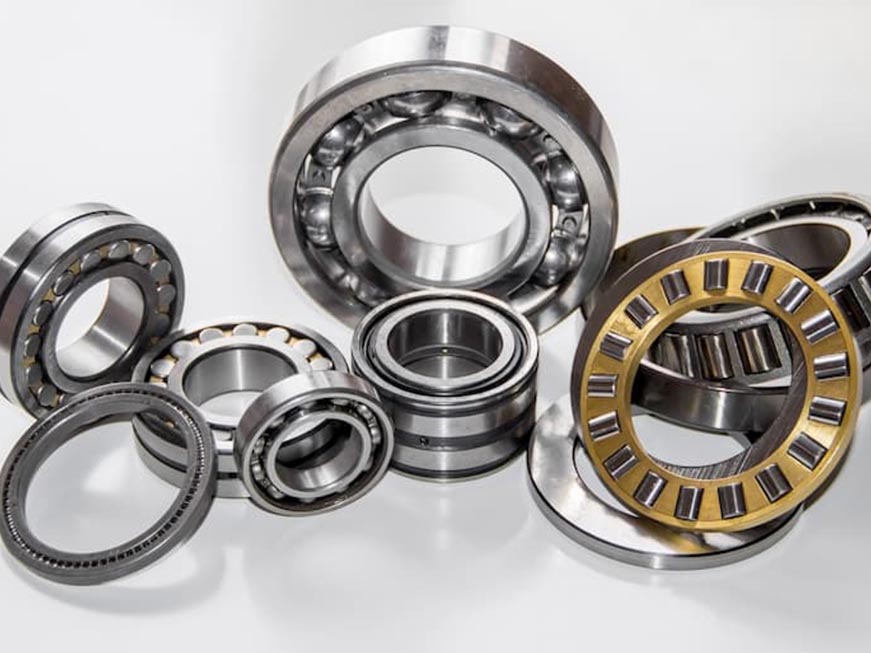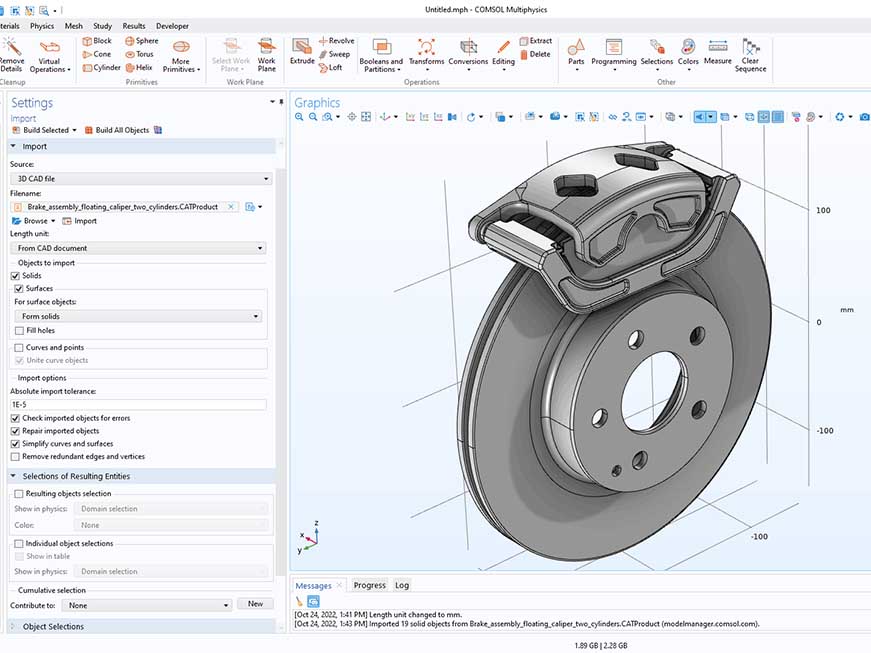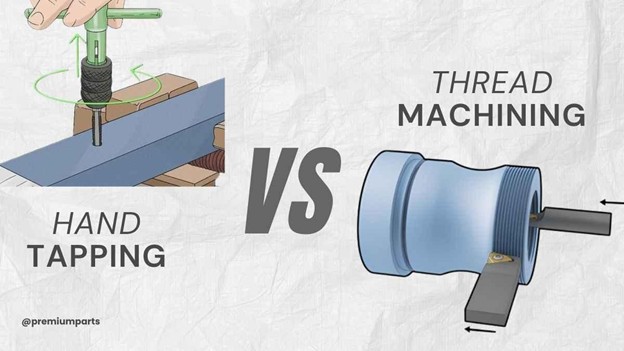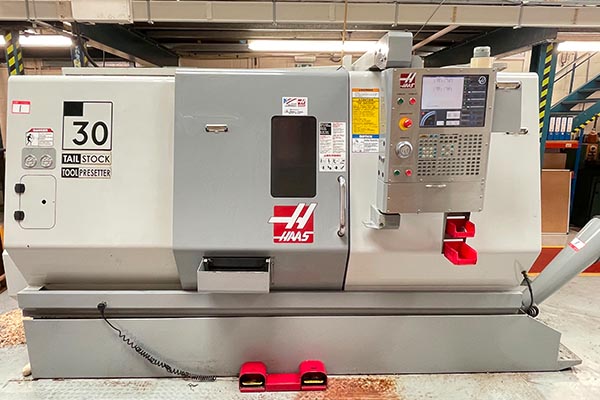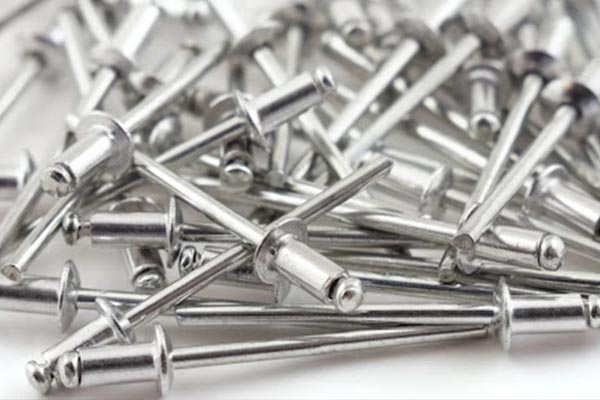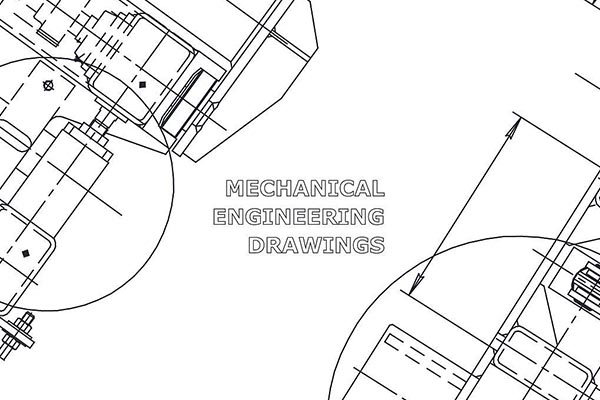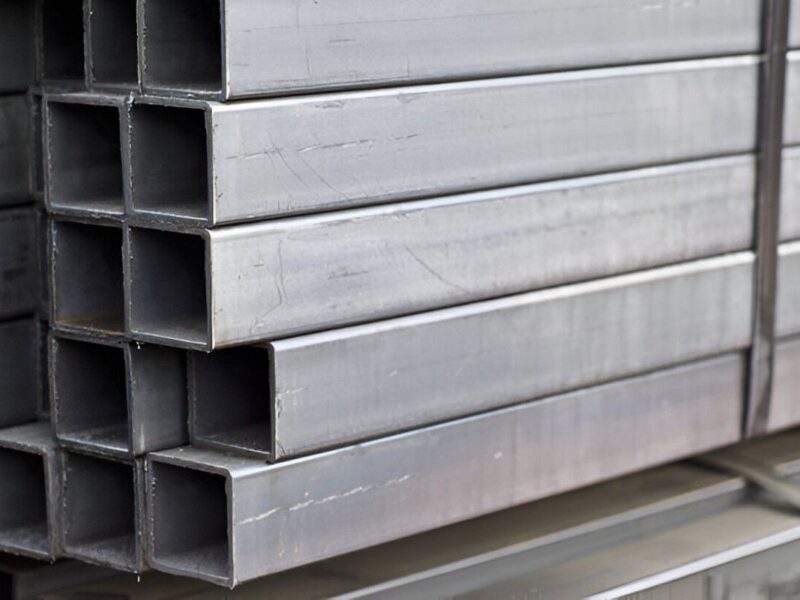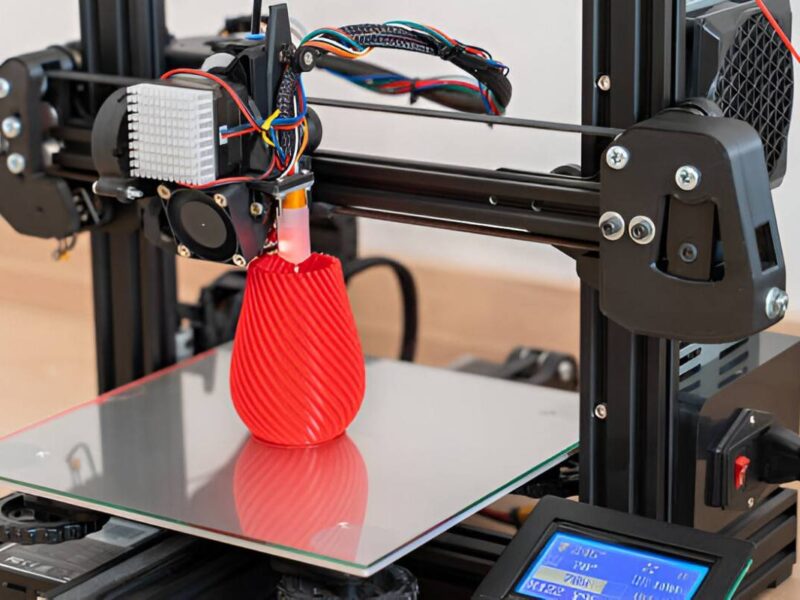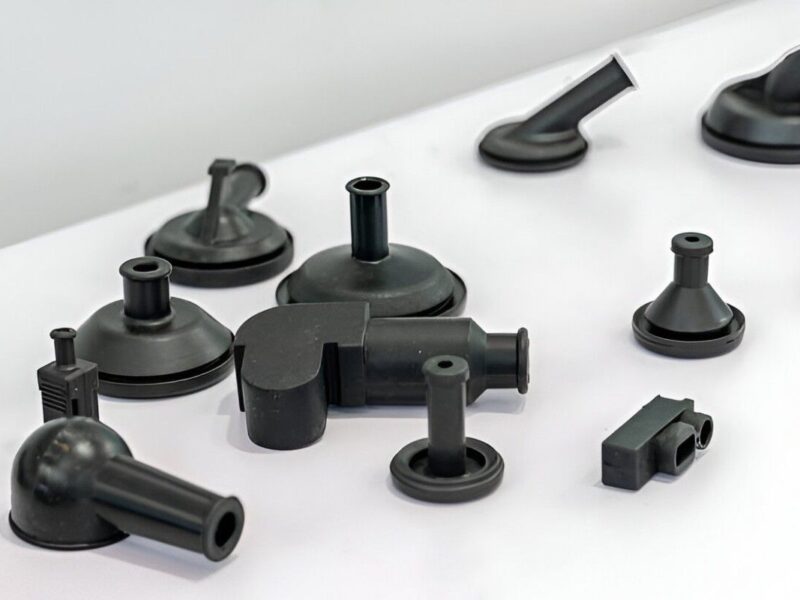Aerospace Sheet Metal part Fabrication demands expertise and design knowledge to make and design effective components. As it comprises highly strict requirements for the component making. The manufactured parts must match exactly the size, design, and functional aspects. It should satisfy the rigorous standards for weight, functionality, and life cycle. Any change, no matter how small it is, must be avoided. Otherwise, it will result in dire outcomes. It can negatively impact the aircraft, as well as innumerable lives that depend on its safekeeping.
Aerospace sheet metal fabrication requires above-average artistry, skill, a deep understanding of materials engineering, and advanced knowledge. Aside from this, preparing in time and within budget constitutes an everlasting battle for suppliers and designers alike.
Finding a reliable contractor for aerospace parts fabrication, like wings, fuselage panels, or even complex engine elements, can make or break the entire assignment. In this article, we will analyze the techniques employed in aerospace metal sheet fabrication, how precision engineering meets the needs of demanding clients, and real-world fabrication problems.
What Is Aerospace Sheet Metal Fabrication?
Turning metal sheets into useful parts or components is the main process in aerospace metal sheet fabrication. Aluminum, titanium, or steel sheets are among the typical raw materials used to start the process. Because of punching, bending, and shearing, these workpieces become crucial parts for commercial airliners and spacecraft. The strength and lightness are key aspects for an aircraft; these parts should have high strength-to-weight ratios.
Sociologists study aerospace metal fabrication by using different perspectives. They do various kinds of analysis. Basic steps such as cutting, bending, welding, and assembly. These form the foundational structure of the procedure. Every component goes through a process of precision manufacturing. Even the most insignificant error comes with the potential of damaging the entire aerospace system. Produced aerospace metal sheet parts also have to endure extreme weather conditions when climbing to the upper limits of the sky.
Aerospace Sheet Metal Fabrication: Process Steps
Below, we provide an overview of the different processes involved in the fabrication of aerospace sheet metal:
Selection of Materials
The right material selection is imperative for part production. Usually, aluminum, titanium, and high-strength steel alloys are used to manufacture aerospace sheet metal. The metals were selected due to their astonishing strength-to-weight ratio and ability to resist corrosion and extreme pressures, and temperatures during flight.
The materials chosen for aerospace fabrication are limited because they have to meet strict operational bounds. As an example, lighter materials like aluminum are preferred, whereas components that are subjected to severe internal heating can make use of titanium.
Design and Prototype
Meeting the material requirements comes with formulating an appropriate design, which is the next step once the materials have been decided. Aircraft sheet metal designing is done on computers using applications like CATIA V5, where parts are visualized through simulation, and only fabrication begins after confirming accurate measurements and parameters.
Prototyping plays a pivotal role in an engineer’s workflow by providing designers an avenue to test their concepts before launching into mass production. Moreover, the prototype stage is the most flexible towards providing modifications based on test outcomes, which reduces the likelihood of mistakes during error-free operations in full-volume production.
Cutting and Shaping
In the fabrication processes, once the draft has been accepted, the next task is usually cutting and shaping the required material. There are various techniques available, such as laser cutting, waterjet cutting, and punching, which could all depend on the intricacy of the design.
Geographically, China is becoming the leader in sheet metal fabrication. It is because of the cost-effectiveness of its services and the abundant availability of quality raw materials. Aeronautical sheet metal components tend to use extremely sophisticated cutting technologies since virtually all parts must have very exact and detailed cuts.
Bending and Forming
After the parts are cut into the appropriate shapes, most of the time, the parts need to be bent and formed. Controlled deformation processes are performed with special machines, particularly with press brakes that exert defined pressures. These processes needed to mold the metal while preserving its structure. The forming process is quite difficult in packaging due to the very high accuracy in fitting to designated positions.
Welding and Assembly
As soon as components have been shaped, it is a common requirement to weld parts to each other. In aerospace metal sheet fabrication, welding techniques like TIG (Tungsten Inert Gas) and MIG (Metal Inert Gas) welding are adopted. Utilizing these techniques ensures the construction of solid permanent joints that aerospace operations will not damage.
Combining parts is another phase, which includes the integration of distinct components into the final assembly. Every step of assembly, from an aircraft wing to an engine part, is essential in ensuring precise fitting and alignment relationships.
Completing and Maintaining Quality Standards
The finishing stage includes surface treatments as the last step in the fabrication process. It may include the application of protective coatings and paints to increase durability or corrosion resistance. Quality control inspections are done throughout the entire process for all parts in order to guarantee every component is up to the precise standards of the aerospace sector.
At Premium Parts, every aerospace sheet metal part undergoes meticulous verification, noting dimensional accuracy, material specifications, and inspecting material capabilities against the most rigorous conditions, before delivery to the client.
Significance of Sheet Metal Fabrication in the Aerospace Industry
All aerospace parts need to be precise. This is due to their delicate nature and construction. These must stand up to incredibly harsh circumstances. Here are a few reasons why aerospace metal sheet fabrication is crucial.
- Lightweight Parts: Manufacturers need resilient and lightweight items. Every metal piece needs to be carefully performed as desired. New technology, like drones and self-driving aircraft, is changing the aerospace sector.
- Precision and Accuracy: The Aerospace industry demands precision-machined parts tolerance close to 0.002mm. These products need to be accurate and bolt perfectly. Through perfection, safety, material durability, and optimal performance, these requirements can be fulfilled.
- Customization: Every aerospace project has its own set of goals and procedures primarily aimed towards making it unique. The requirements can be quite diverse. Therefore, engineers must be able to take control over designing and manufacturing them. So, they can be constructed to exact specifications and custom orders.
- Corrosion Resistance: Aerospace vehicles undergo thorough consulting, as certain environments in which they need to operate can be quite harsh. Robotic arms are carefully designed to build strong parts. They’re programmed to make pieces that won’t easily rust or wear out over time.
Aerospace Metal Sheet Fabrication Techniques
For the demanding quality and accreditation of aerospace components, certain fabrication techniques are employed. Each technique comes with its list of benefits depending on the part being manufactured. Some of the most widely adopted aerospace metal sheet fabrication techniques are listed below:
Laser Cutting
Due to its accuracy, laser cutting is one of the most widely adopted methods in aerospace sheet metal fabrication. It involves the use of a focused laser beam to cut the sheet metal, which results in very delicate and intricate cuts. Laser cutting is ideal for parts with complex shapes and accurate dimensions. In terms of efficiency, it is most useful when working with aluminum and titanium, as there are minimal heat-affected zones.
Waterjet Cutting
Water jet cutting employs a precise method that uses very high-pressure water to cut out metal pieces and parts. This method is beneficial when dealing with thin aerospace sheet metals, which are quite delicate. Because it does not apply any heat when cutting. Water jet cutting also proves to be useful for thicker metals.
Punching
Punching is a method of producing round holes through sheet metal using a punch. This is one of the common methods applied in the processing of aerospace sheet metal components that have a huge number of holes or cutouts. It is one of the quickest methods available but still offers great value within its efficiency to production rate; hence, it is great for bulk operations.
CNC Machining
CNC machining incorporates the use of rotating cutters with power-driven table feeds to cut workpieces. This process is extremely reliable and efficient when a large number of identical shaft parts are needed. Some excel at complex parts during the aerospace metal sheet fabrication, but most CNC machines complete the task.
Hydroforming
The hydroforming process uses cold or hot, high-pressure fluids to form, bend, shape, and stretch the metal sheet. This technique is particularly useful when working with parts that require deep curves, such as those used in aerospace engineering. Hydroforming ensures optimal distribution of the material and helps to reduce the weight of components without compromising on strength.
Bending and Folding
Bending and folding are processes that involve mechanical forces being applied to the sheet metal to create curved and angled forms. These methods are used in aerospace to produce parts that will fit easily into an assembled structure. Such methods are essential for the fabrication of enlarged parts such as fuselage panels, brackets, and other structural elements.
TIG and MIG Welding
In the aerospace industry, parts are fabricated together using TIG (Tungsten Inert Gas) and MIG (Metal Inert Gas) welding techniques. Thick materials are better welded with MIG welding, whereas precise and clean welds of TIG welding are preferred for structurally critical parts.
Electrochemical Machining
This type of machining does not change the material’s properties, while it uses electric energy to machine difficult-to-reach areas. The aerospace industry commonly applies electrochemical machining to fabricate class B parts. These parts require very high precision and accuracy tolerances, especially on hard alloys that are difficult to machine by other means.
Why Choose Premium Parts for Your Aerospace Sheet Metal Needs?
With respect to aerospace metal sheet fabrication, not all fabricators offer the same services. At Premium Parts, we have an array of diverse advantages that outshine our competitors.
Highly Skilled Aerospace Engineering and Design
We guarantee that your designs will be accurate, manufacturable, and optimized to fit within CATIA V5 constraints. That is a guarantee. Our engineers strive to protect every detail while working with you incrementally to capture all designs.
One Size Does Not Fit All
Every single aerospace project comes with its specific demands and requirements; that’s why they need custom-made aerospace sheet metal parts. You can always depend on us if you are making new parts or revising current ones.
Streamlined Manufacturing and Timely Delivery
As is typical in aerospace manufacturing, urgency is a key factor. We can fulfill stringent deadlines that have also become the industry norm. Expect and rely on getting the essential components at the needed timelines.
End-to-End Service
We provide comprehensive services from design to final fabrication, which means no additional suppliers are needed. This method increases efficiency with your project and costs, and maintains quality uniformly throughout the process.
Conclusion
Assembling Sheet Metal Fabrication requires meticulous attention to detail to safety, and performance standards in flight. The inspectors must ensure that every component passes stringent safety and performance checks. Working in conjunction with a seasoned aerospace metal sheet fabricator eliminates worry about fabrication abilities.
We are always ready to assist you with our comprehensive global custom manufacturing framework, whether you are on the lookout for uniquely designed parts or customized aerospace services.
FAQs
Q1. What components of aerospace equipment are produced using sheet metal fabrication?
Aircraft wings, fuselage panels, engine brackets, and many other components are produced using aerospace metal sheet fabrication. These components have to fulfill considerable safety and performance requirements.
Q2. What materials are utilized during the fabrication of aerospace sheet metals?
Sheet metal fabrication of aerospace parts utilizes materials such as aluminum, titanium, stainless steel, and many others, with high-strength alloys. These materials are picked for their strength versus weight, durability against corrosion, and their capacity to endure severe pressure and temperature changes.
Q3. How does ATIA V5 aid with the design of aerospace sheet metal parts?
With CATIA V5, engineers can design accurate three-dimensional representations of aerospace sheet metal parts, which aids in simulating performance and checking for problems. It also ensures that all specifications are precisely met before manufacturing.
Q4. Why is quality assurance so important in aerospace sheet metal work?
The quality aspects must be carefully monitored in aerospace sheet metal parts in order to guarantee their safety and functionality. Effective quality control makes certain that every part is manufactured without defects, all dimensions are precise, and all are flight-ready.


